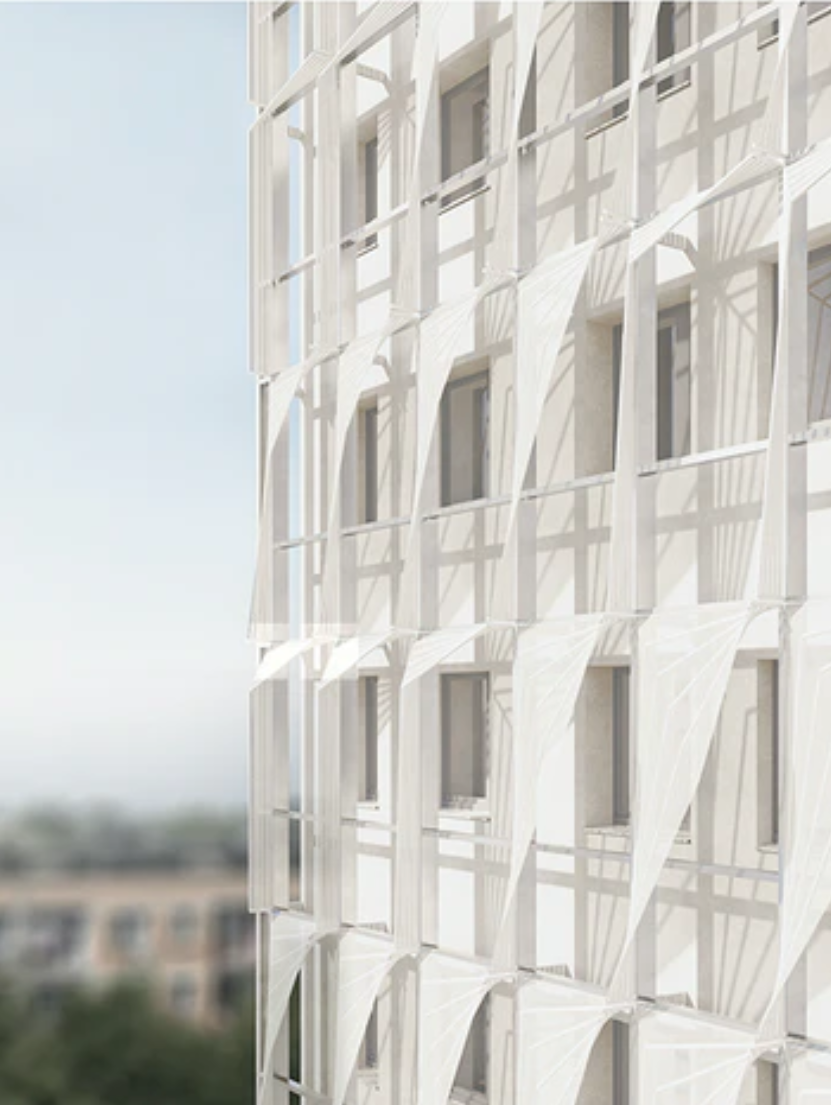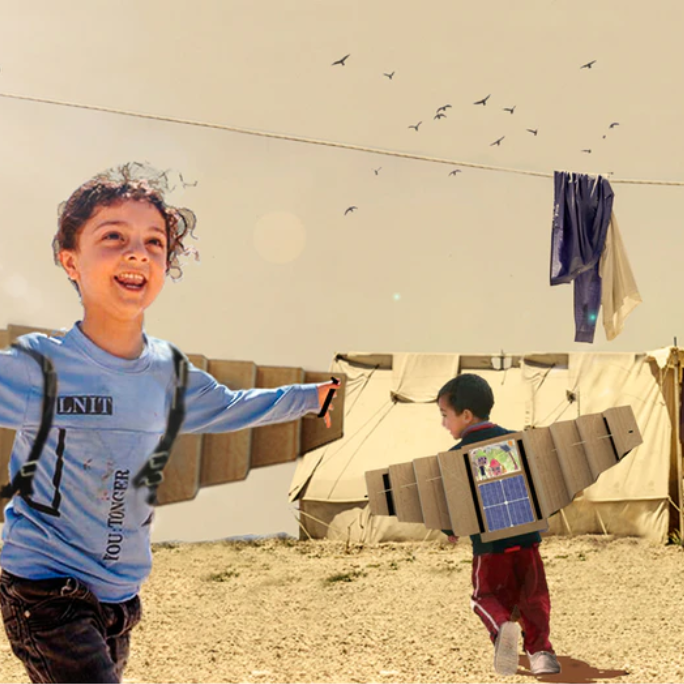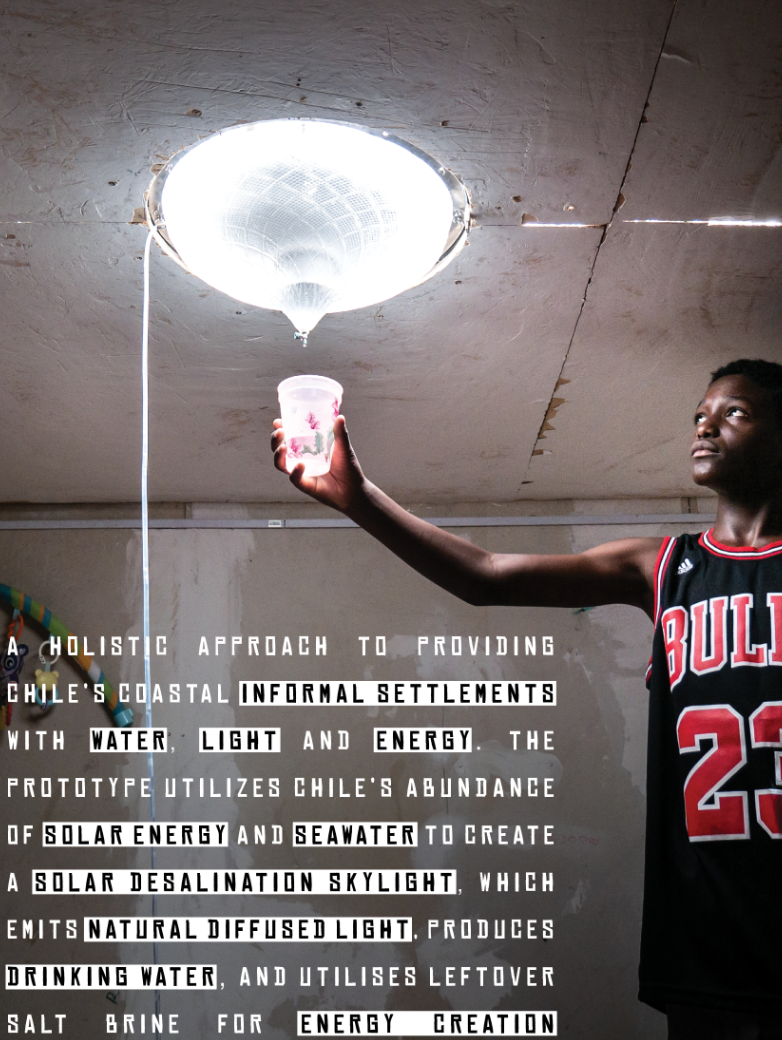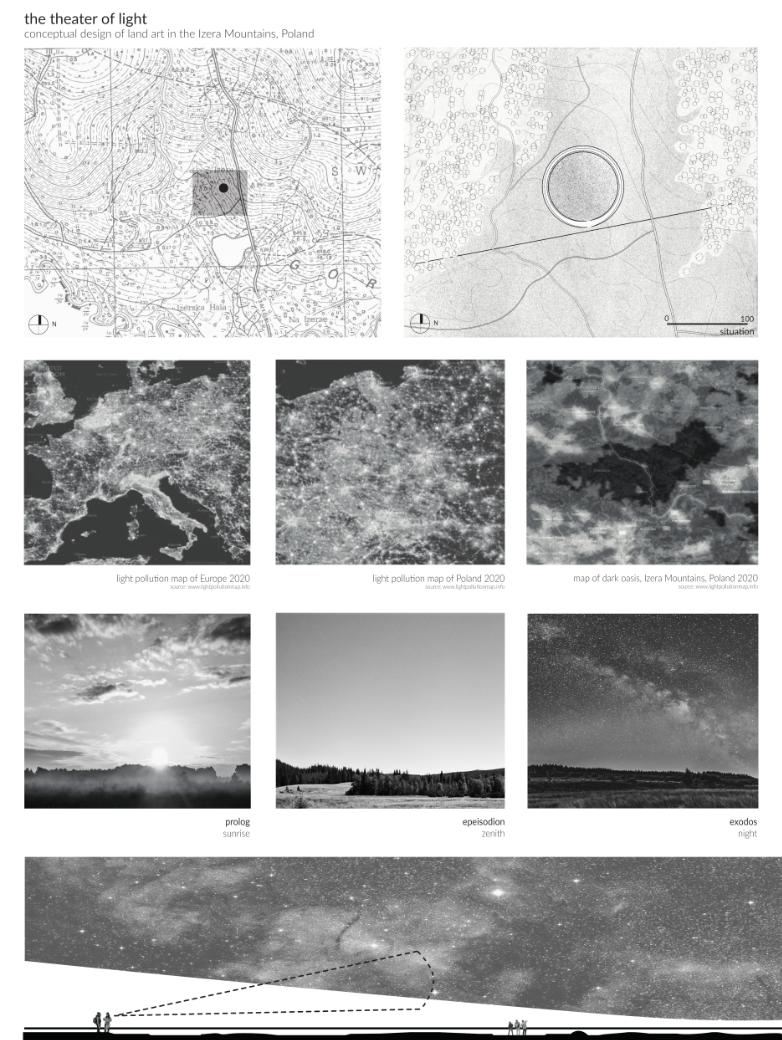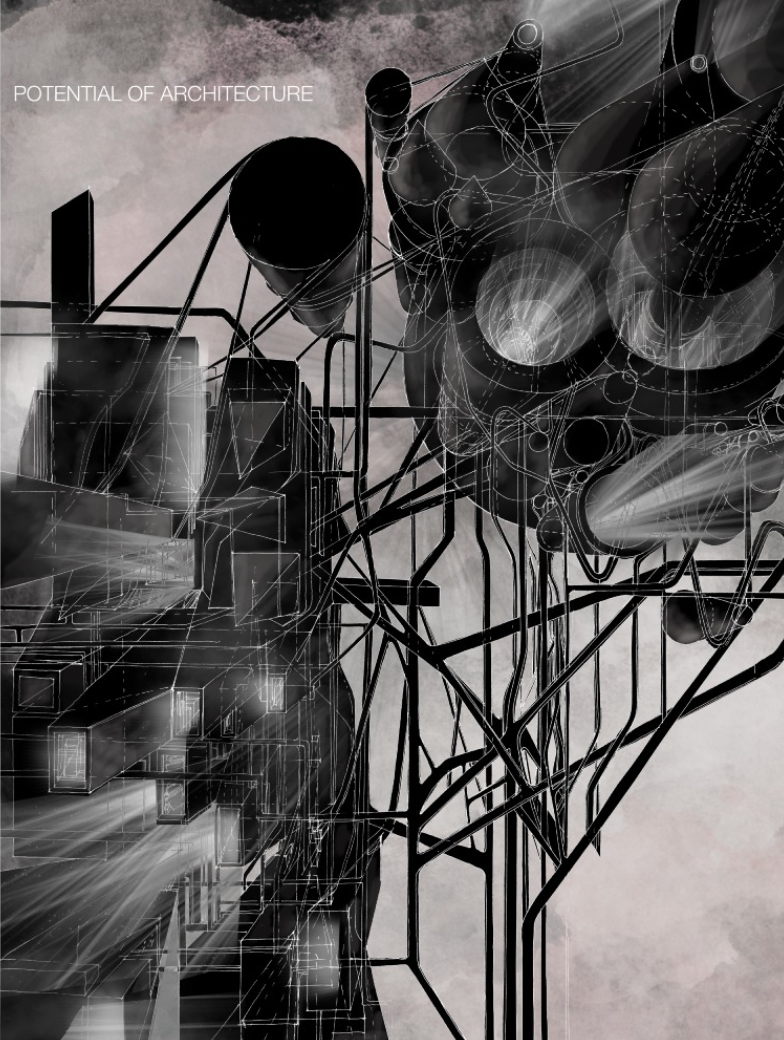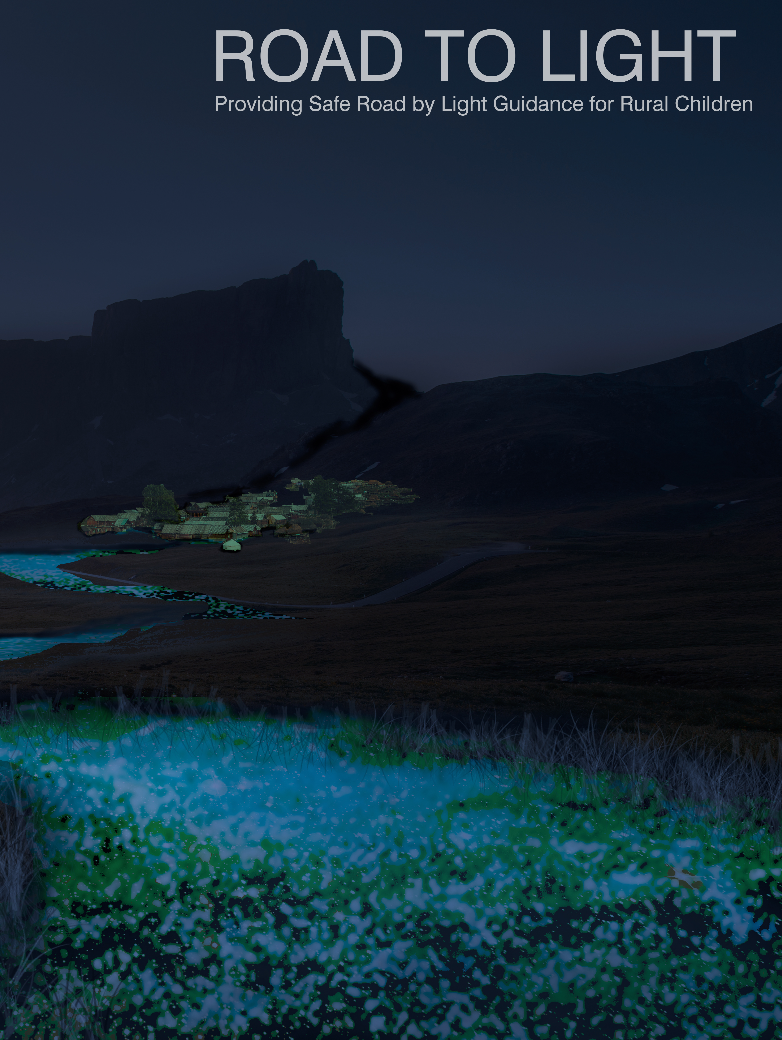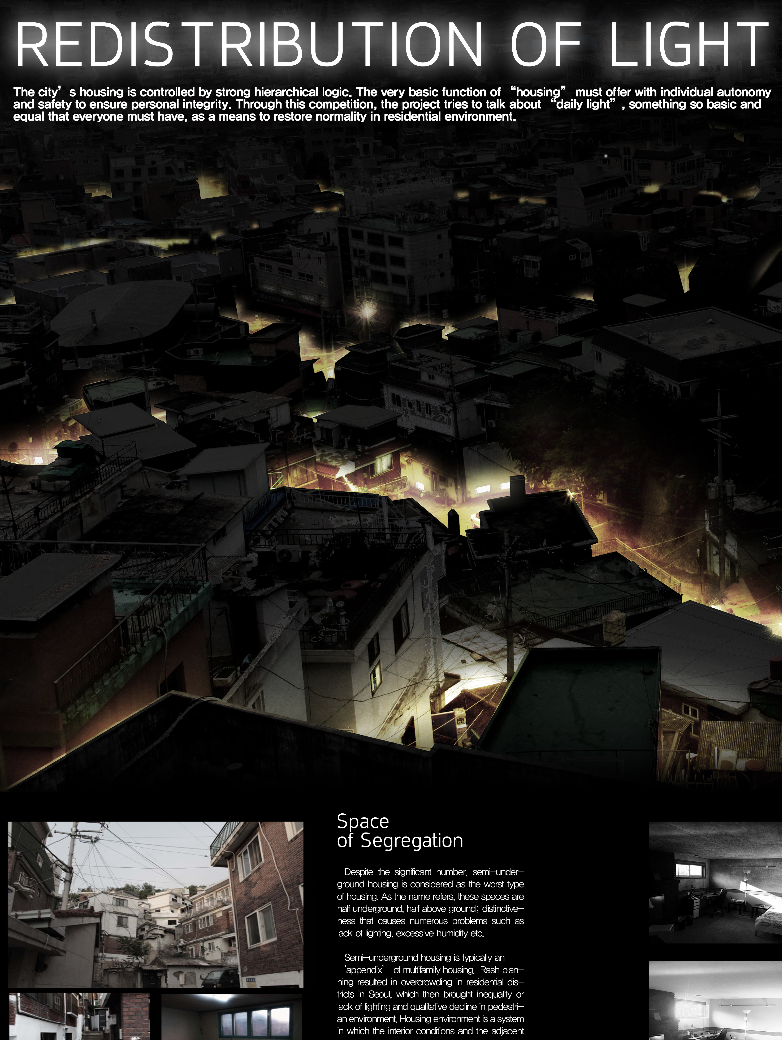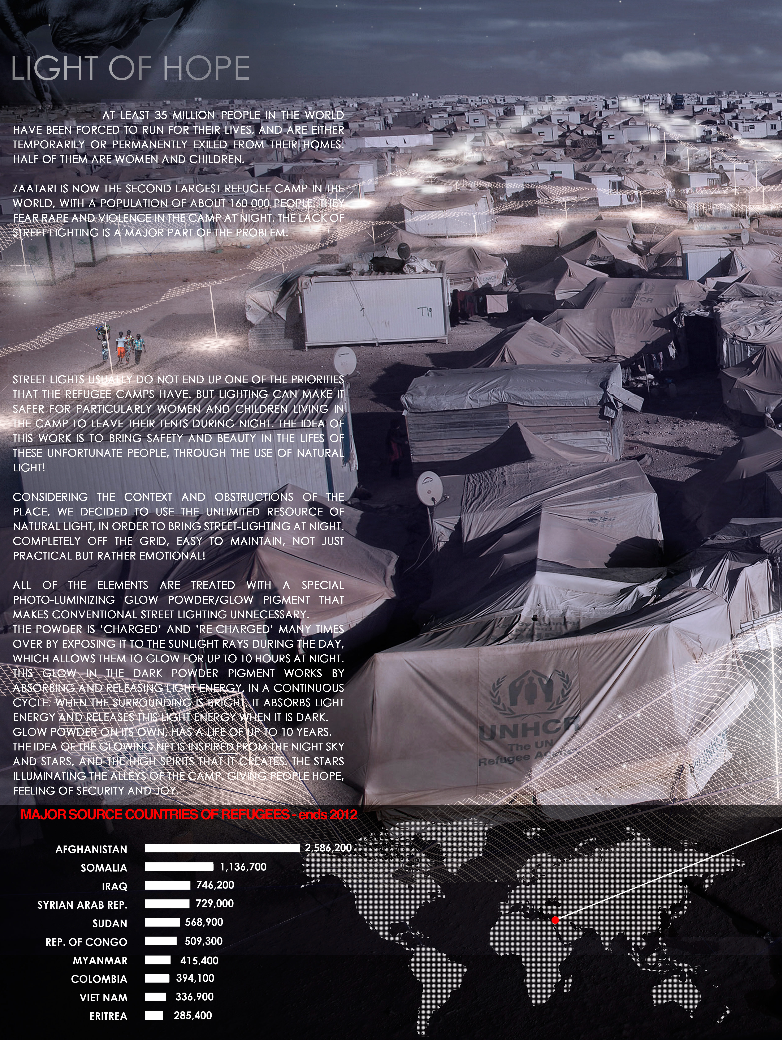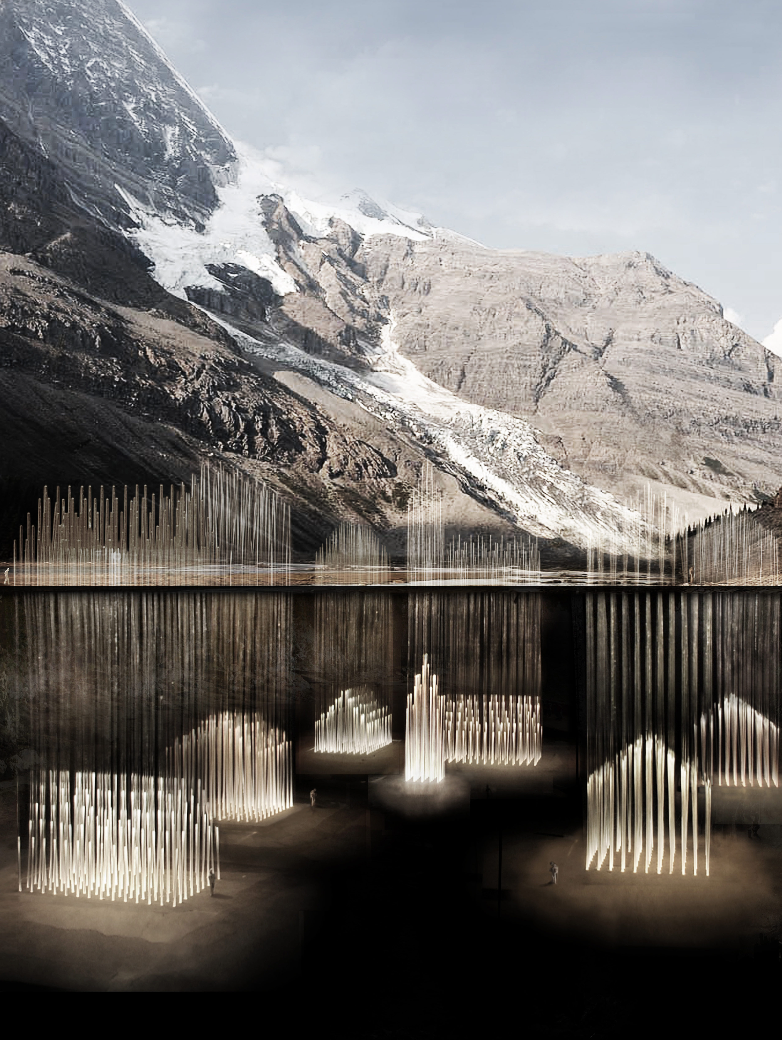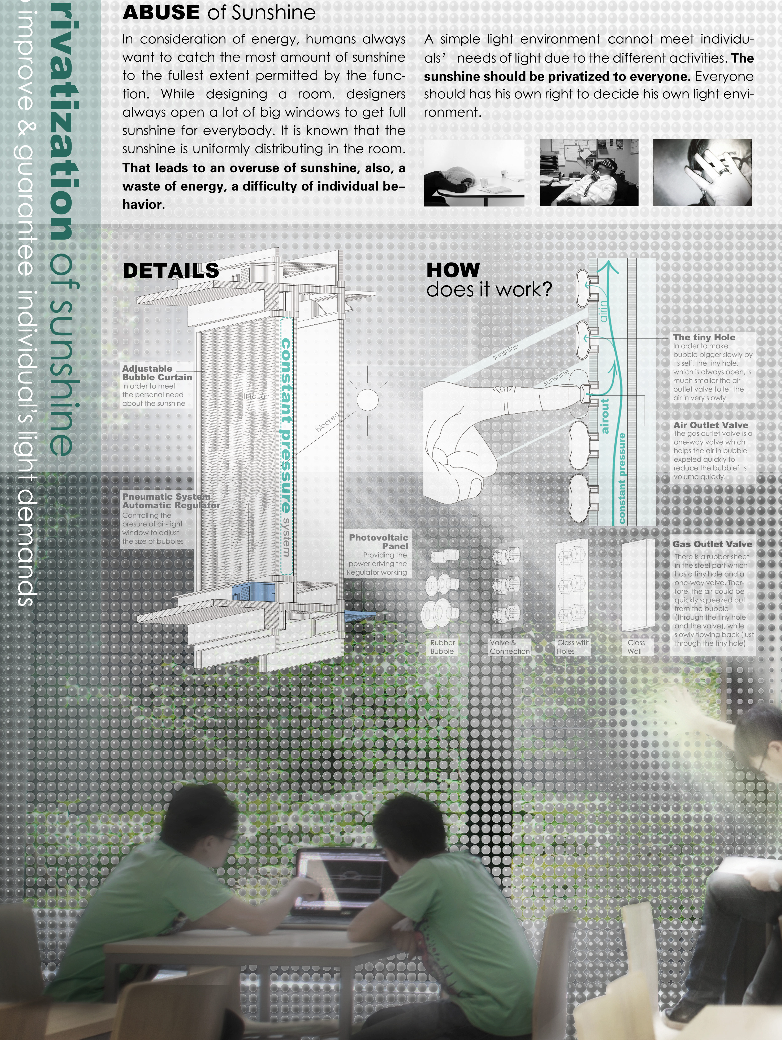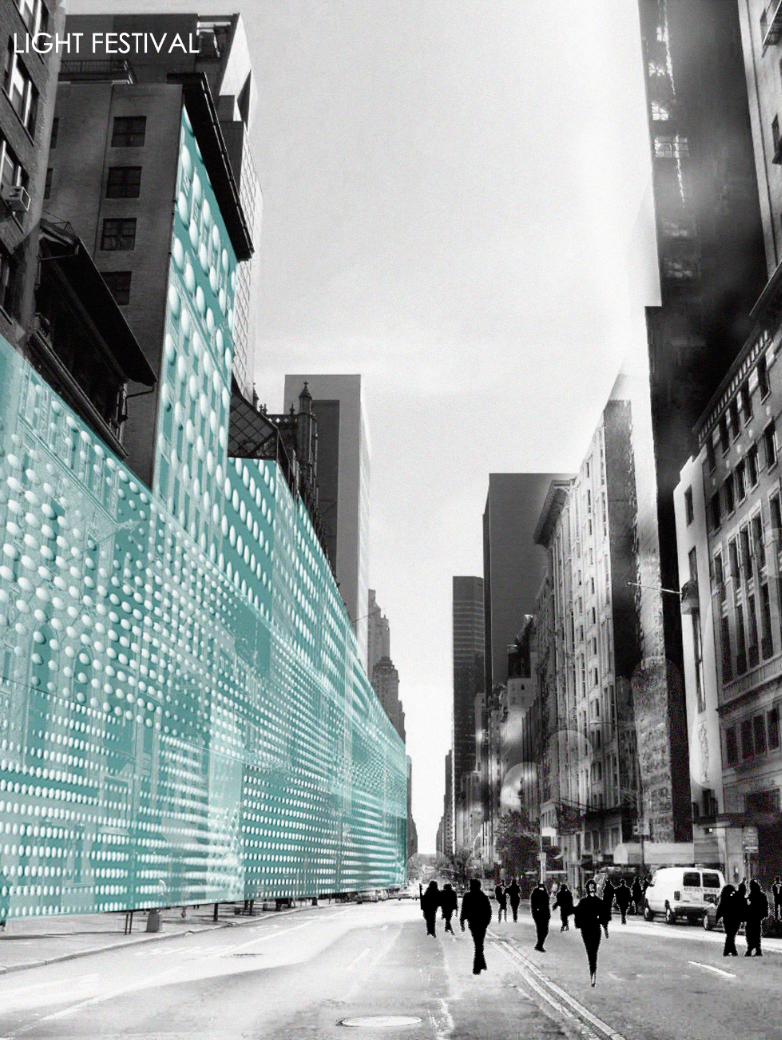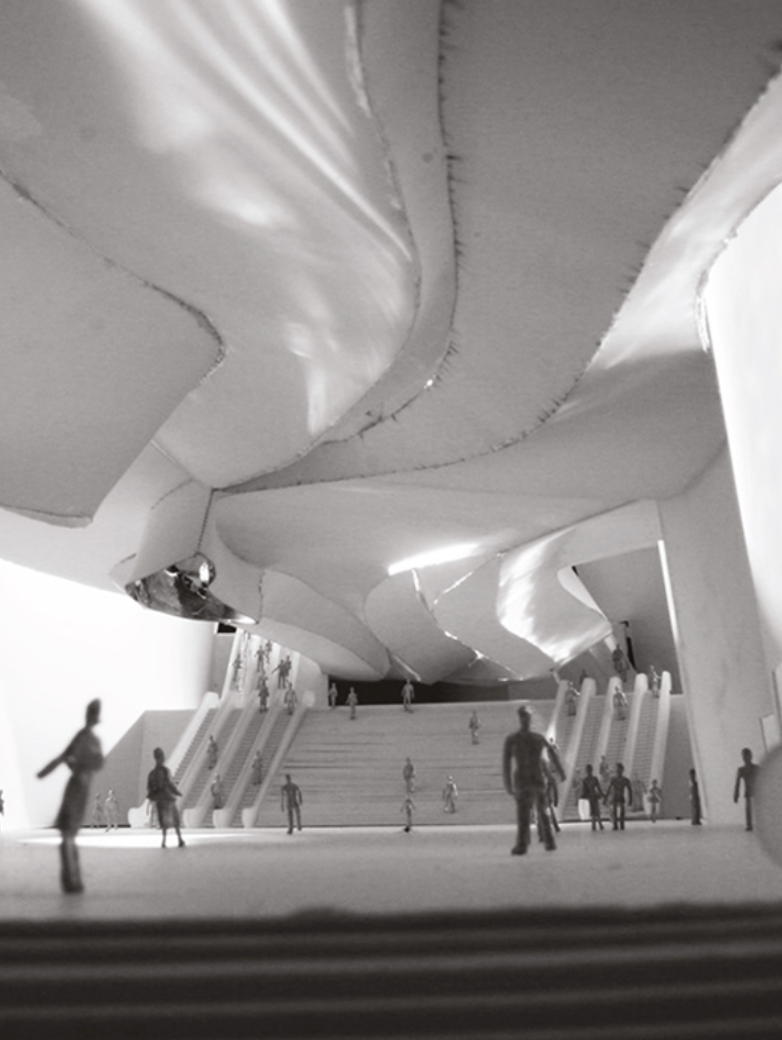2024 - The Light Filter
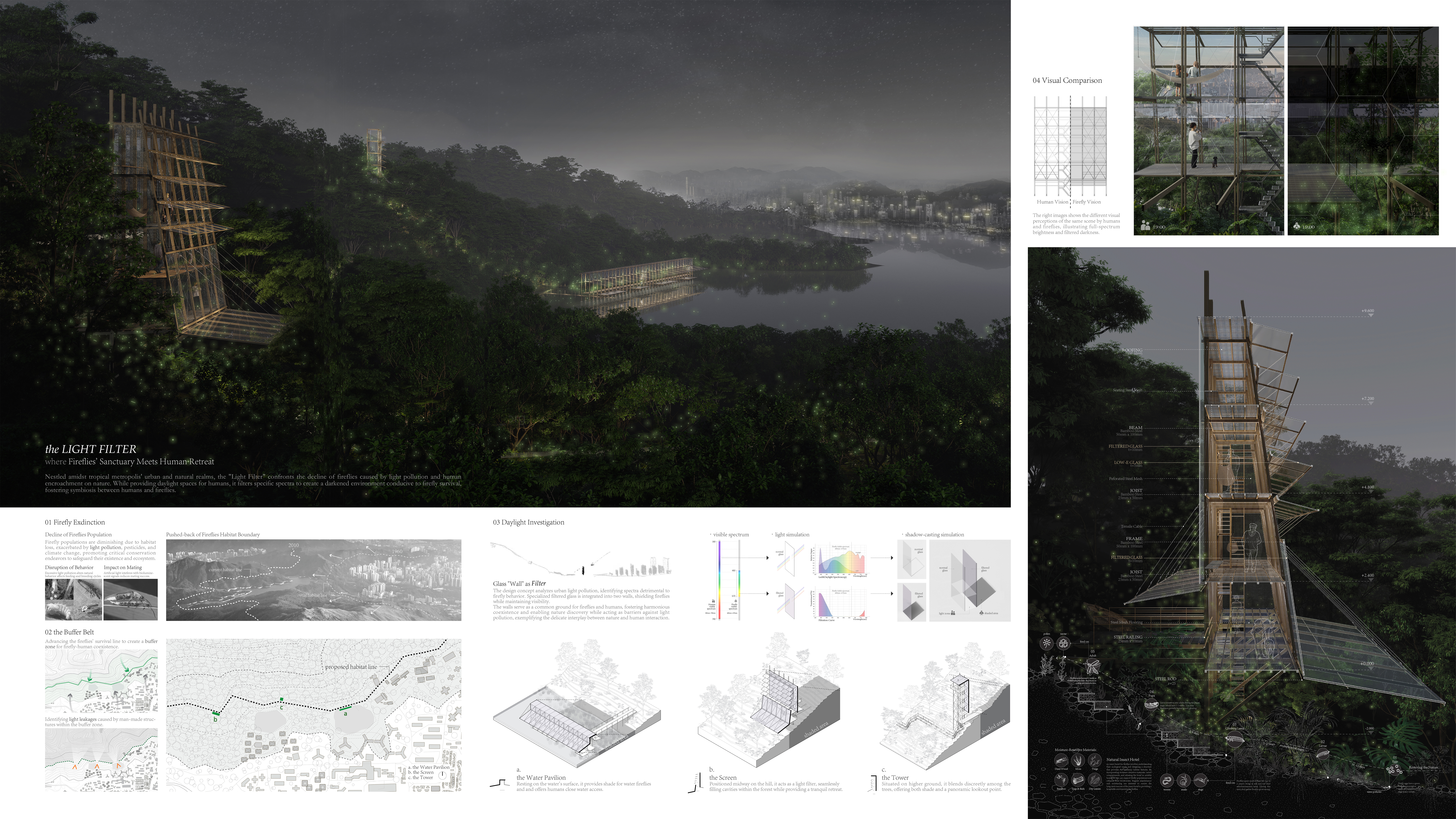
Category
Daylight In Buildings - Region 3: The Americas
Students
Wan Zilin, Poon Gin Yong & Zang Jiayou
Teacher
Li Xiaodong
School
Tsinghua University
Country
China
Download
Download project board
Nestled between tropical metropolis’ urban and natural realms, “The Light Filter” addresses the decline of fireflies due to urban light pollution and human encroachment. By providing daylight spaces for humans while filtering specific light spectra to create a darkened environment suitable for fireflies, the project fosters a symbiotic relationship between the two. This innovative approach to design demonstrates how architecture can play a critical role in ecological conservation and fostering harmonious coexistence between humans and nature.
Firefly populations are decreasing due to habitat loss exacerbated by light pollution, pesticides, and climate change. This situation necessitates urgent conservation efforts to protect their existence and ecosystems. Light pollution disrupts firefly behavior, affecting feeding and breeding cycles, and interferes with bioluminescent signals, which are crucial for mating. Consequently, the boundaries of firefly habitats are being pushed back. The project aims to advance the fireflies’ survival line by creating a buffer zone for coexistence and mitigating light leakage from human structures.
The design concept involves analysis of urban light pollution to identify harmful light spectra. Specialized filtered glass is used to construct two walls that shield fireflies while maintaining visibility for humans. These walls serve as a common ground for fireflies and humans, promoting coexistence and enabling nature discovery while acting as barriers against light pollution. This approach exemplifies the balance between natural and human activities, addressing the needs of both species in a single, integrated environment.
The project comprises three distinct typologies: the Water Pavilion, the Screen, and the Tower, each serving unique roles in the overall vision. The Water Pavilion, lightly resting on the water’s surface, shades water reeds essential for firefly breeding and offers a tranquil retreat for humans. This pavilion provides an opportunity for visitors to connect with the aquatic environment, where water fireflies thrive. The pavilion’s design ensures minimal disturbance to the water habitat, supporting the delicate ecosystem that fireflies depend on.
Positioned midway on the hill, the Screen acts as a light filter, filling forest cavities and creating a shaded retreat for both fireflies and humans. By integrating this structure into the less steep contours of the hill, the Screen effectively blocks light pollution and provides a healing space for human visitors. It is designed to blend seamlessly with the natural landscape, ensuring that it enhances rather than disrupts the existing forest environment.
The Tower, located on higher ground, blends discreetly with the trees, providing shade and panoramic views for visitors while protecting fireflies. The slender profile of the Tower allows it to integrate into the treeline without dominating the natural scenery. This structure serves both as a watchtower and a protective canopy for firefly habitats, maximizing ecological benefits while offering unique human experiences.
The project aims to achieve different visual perceptions of the same scene for humans and fireflies. Humans can navigate under lit conditions and observe fireflies, while fireflies experience a darkened environment conducive to their natural behaviors. By carefully distinguishing between light spectra perceivable by humans and those visible to fireflies, the design ensures that the filtered glass creates an environment where fireflies can thrive without hindering human visibility. This innovative use of light manipulation fosters a deeper connection between humans and nature, allowing visitors to appreciate the beauty and importance of fireflies in their natural habitat.
“The Light Filter” addresses environmental challenges and promotes human-nature symbiosis by creating spaces that support both fireflies and humans. By advancing the fireflies’ survival line, the project creates a buffer zone for their coexistence with humans, mitigating light pollution and fostering a balanced ecosystem. The walls, acting as both barrier and filters, exemplify the delicate interplay between nature and human interaction, creating a shared space where both can thrive.
Visitors are invited to explore and appreciate the enchanting dance of fireflies, reconnecting with nature in this serene sanctuary amidst the urban landscape. The project not only provides a refuge for fireflies but also offers a unique educational and recreational experience for humans. By highlighting the impact of light pollution on firefly populations and demonstrating practical solutions, “The Light Filter” serves as a model for integrating ecological conservation into urban design.
In conclusion, “The Light Filter” address environmental challenges and foster harmonious coexistence between humans and nature. By creating environments that cater to both fireflies and humans, the project promotes a deeper understanding and appreciation of the natural world. Visitors can explore, discover, and reconnect with nature in a serene sanctuary that highlights the delicate balance between urban development and ecological preservation.
